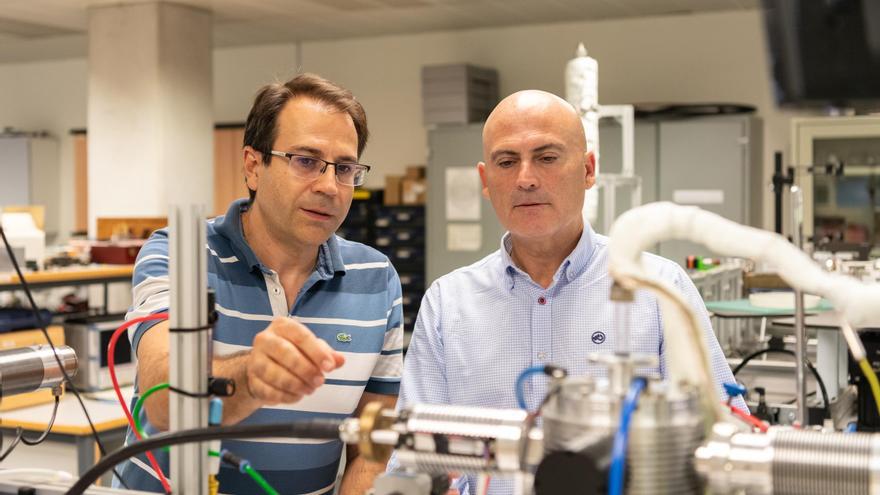They are developing materials that can improve the production of hydrogen from water using microwave radiation.

TeamInstitute of Chemical Technology (ITQ)research center founded by a prestigious Valencian scientist Avelino Kormahas developed new materials that improve the process of producing hydrogen from water using microwave radiation. This advance will reduce CO₂ emissions from the process, since the hydrogen is produced from renewable energy sources.
This is an achievement of ITQ, a mixed center Polytechnic University of Valencia (UPV) and from Higher Council for Scientific Research (CSIC)and from Institute of Information and Communication Technology (Ithaca) UPV is focused on improving green hydrogen production through redox cycles that release oxygen from water. Chemical redox cycle This transfer of electrons between atoms various elements introduced into a magnetic field that react to microwave radiation, allowing the process to be electrified.
Progress of research
The importance of microwaves is that they provide advantages in electrifying the oxidation-reduction process. On the one hand, introduces electrical energy contactlesslyand on the other hand, a sharp drop in temperature during the cycle (from 1300 to 400 ºС), facilitate H2 production and maximize energy efficiency.
A Guide to Understanding Green Hydrogen: What It Is, How It’s Made, and Why It Promises to Be the Energy of the Future
The oxidation-reduction process serves to extract oxygen from water, leaving behind hydrogen.. So, the main novelty of the work is that the foundations for materials design have been laid And adapt them to produce oxygen and hydrogen. Similarly, it has been shown that oxygen can be extracted using very fast and controlled pulses (of radiation).
“Design cavities or chambers where we apply microwaves, as well as control of the radiation process on these materials, is necessary in order to take advantage of the unique advantages that microwave technology offers. In recent years, this technology has found widespread use in numerous industrial applications due to its rapid scalability and high energy efficiency,” he explains. Jose Manuel Cataladirector of the institute ITHACA (UPV).
“The investigation examined in detail the impact on hydrogen production various alloying impurities introduced into the matrix material (cerium oxide) to regulate interaction with microwave radiation and properties of the resulting charged material. Subsequently it has studied capacity hydrogen production of this material and the mechanism that controls this process, which will facilitate future material design,” he points out. Jose Manuel SerraDirector ITC (UPV-KSIK).
The study, published in the journal Advanced Energy Materials Magazineshowed that materials developed and used to improve hydrogen production stable And stable.
